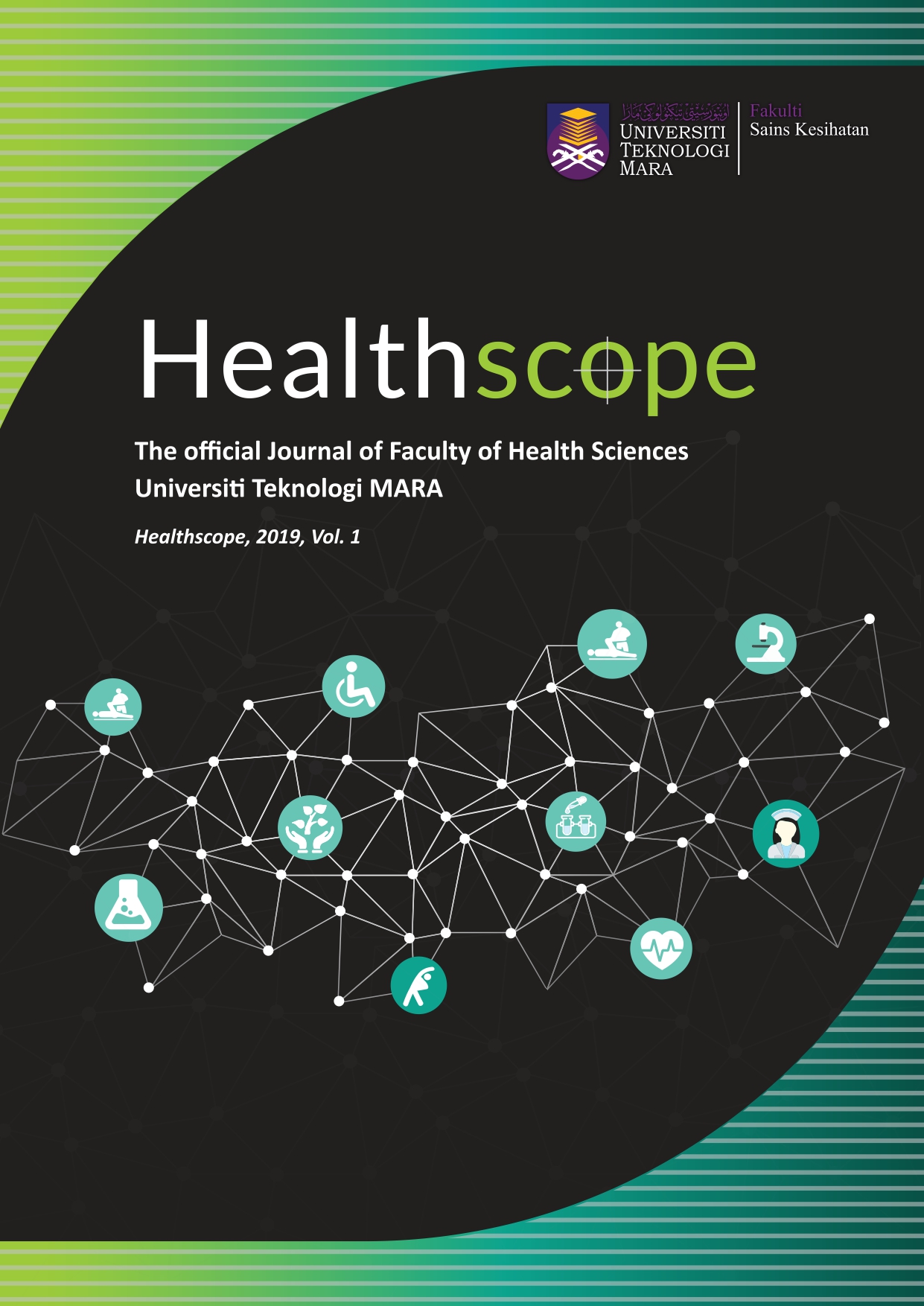Immediate effect of suboccipital muscle stretching on hamstring flexibility among young adults
Keywords:
Hamstring tightness, low back pain, suboccipital muscle inhibition technique, suboccipital static stretchingAbstract
Suboccipital muscle inhibition technique (SMI) and suboccipital static stretching (SS) is an indirect approach to possess immediate effect on flexibility of the hamstring but less practice compared to direct stretching. This study aimed to investigate the immediate effect of SMI compared to SS on hamstring flexibility among adults without backache. A quasi-experimental study of fifty-four university healthy students with hamstring tightness, measured by popliteal Angle Test (PAT) >15° and without back pain. The students were randomly divided into intervention group (n = 24) received 5 minutes of SMI and control group (n = 24) performed self SS. The hamstring flexibility was measured by Finger to Floor distance test (FFD) and PAT pre- and immediately post-treatment. The results showed no significant (p > 0.01) different in hamstrings flexibility pre and post treatment. The SMI group showed (p < 0.01) improved in FFD by 3.41 cm for right leg and 3.26 cm for left leg compared to control group (p < 0.05) with 2.62 cm for right leg and 2.74 cm for left leg. In PAT measurement, SS scored higher changes in left leg (6.11 cm). Both SMI and SS may improve hamstring flexibility in healthy young adults.


